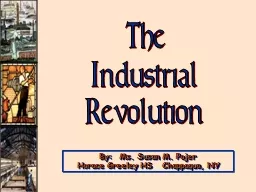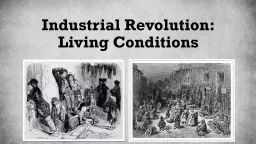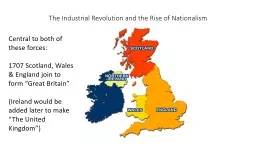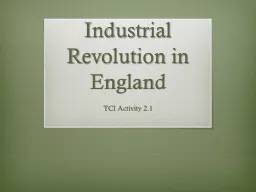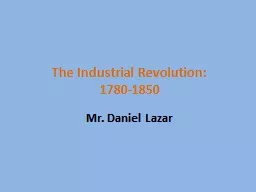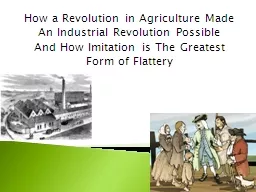PPT-The Industrial
Author : aaron | Published Date : 2017-04-02
Revolution By Ms Susan M Pojer Horace Greeley HS Chappaqua NY Why Did Industrialization Begin in England First Industrial England Workshop of the World That Nation
Presentation Embed Code
Download Presentation
Download Presentation The PPT/PDF document "The Industrial" is the property of its rightful owner. Permission is granted to download and print the materials on this website for personal, non-commercial use only, and to display it on your personal computer provided you do not modify the materials and that you retain all copyright notices contained in the materials. By downloading content from our website, you accept the terms of this agreement.
The Industrial: Transcript
Download Rules Of Document
"The Industrial"The content belongs to its owner. You may download and print it for personal use, without modification, and keep all copyright notices. By downloading, you agree to these terms.
Related Documents

